Staffer Demosthenes returns from the wilderness, to consider what the plot of Amazon’s Middle-earth TV series might be…
Hello! It’s been a while!
However, the fine folk of TORn have defrosted me from cryogenic stasis just in time to offer a few thoughts on the recently announced synopsis for the forthcoming Amazomg(tm) Middle-earth series.
I’m going to cut straight to chase and simply start dissecting what I consider to be the guts of their statement. The implicit assumption is that the series is focusing on events of the Second Age. Given the content of the maps revealed by the production crew, I think we’re long past the time where that’s a controversial conclusion.
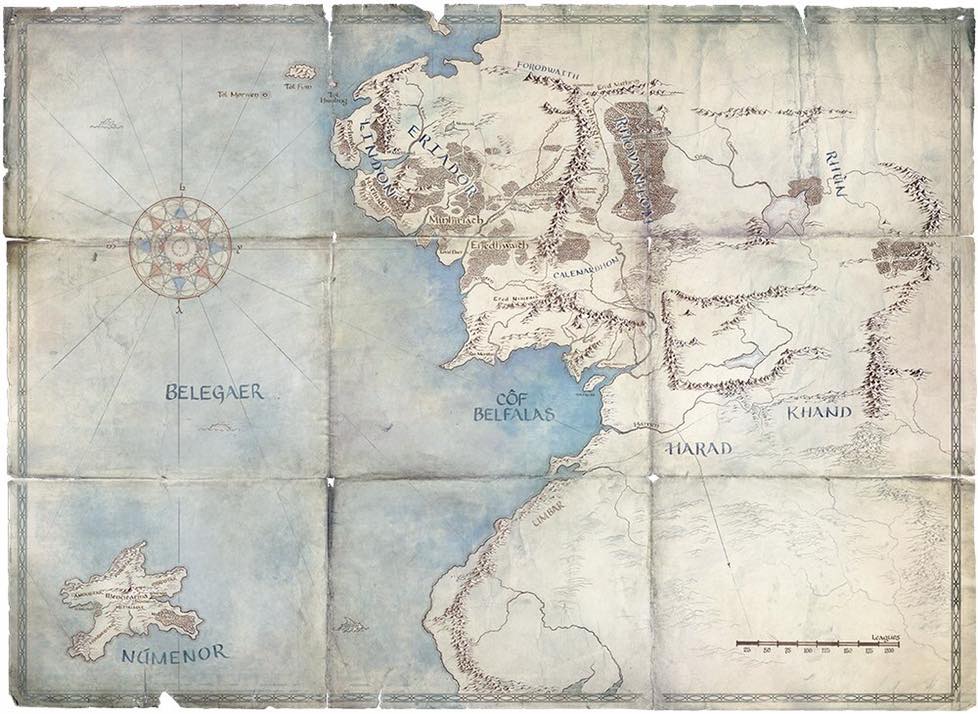
But what does the rest mean? Given that the Second Age covers more than 3000 years, can we narrow down what time period the series may address?
Beginning in a time of relative peace…
To begin, when was a time of relative peace in the Second Age?
Well, at the conclusion of the First Age, Melkor was expelled from Arda pretty much removing him from the equation. Sauron initially sued for forgiveness but ultimately ran away and hid from the justice of the Valar.
As we move into the early years of the Second Age, many elves who survived The War of Wrath and the wreck of Beleriand returned to Valinor. Others, under the high kingship of Gil-galad, became part of a powerful kingdom in Lindon. Much later, some Noldor moved east and established a small but very influential realm in the region of Eregion/Hollin, near the dwarf-realm of Khazad-dum (which you may know as Moria).
The Edain (the houses of men), on the other hand, were gifted by the Valar a large, star-shaped island out in the western ocean called Numenor. They moved there and lived in a kind of Edenic paradise largely untroubled by the shenanigans of Middle-earth.
Sauron begins to stir from hiding around SA500. But it’s not until SA1000 that he feels compelled to occupy Mordor and begin building his fortress, Barad-dur. This is a defensive act mostly driven by Numenorean mariners who have begun exploring the Middle-earth coastline and establishing their own ports and havens (including one near Eregion). According to Unfinished Tales, by the lifetime of the great mariner Tar-Aldarion (SA700 to SA1075), Numenorean sailors are visiting waters beyond Harad — something Sauron would have found concerning.
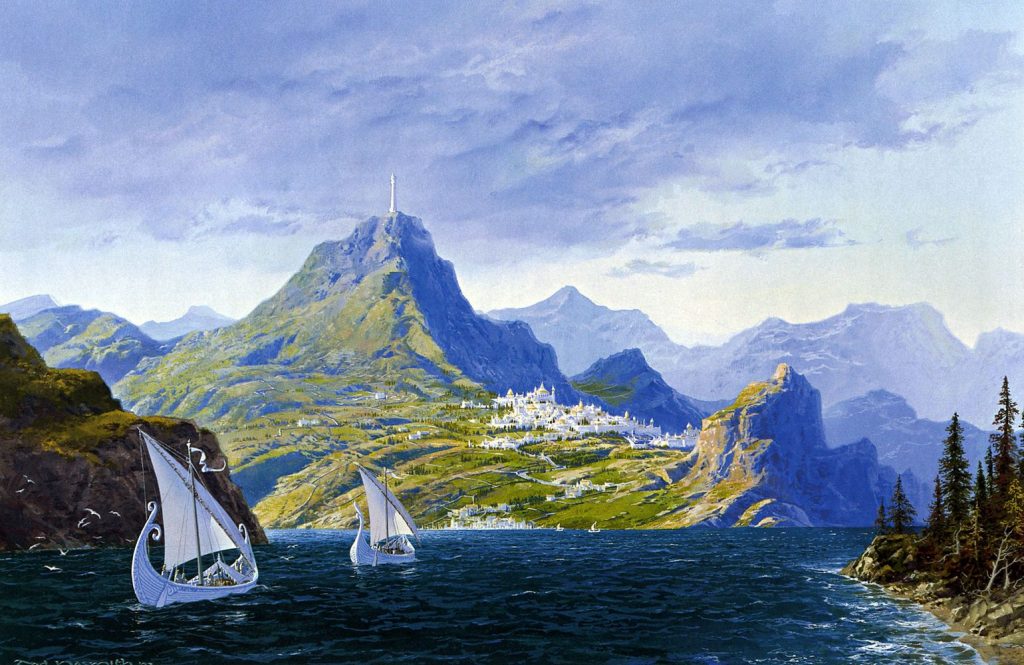
Thus, a starting point for the series could be during the lifetime of Tar-Aldarion. It’s a time of change in both Numenor and Middle-earth that might allow one to cover:
- Numenor’s rise as a power in Middle-earth (SA725 and on)
- The establishment of the Noldorin realm of Eregion (SA750 and on)
- Sauron’s gradual emergence and recognition as the new Dark Lord (SA500 to SA1500)
- Sauron’s concurrent seduction of Celebrimbor and the other elvish smiths of Eregion, and the forging of the Rings of Power (SA1200 to SA1600)
- The invasion and destruction of Eregion (SA1695 to SA1697)
- The arrival of Numenor’s fleet, which destroys Sauron’s forces and expels him from Eriador (SA1700 to SA1701)
Yes, that is a lot to cover.
Such a story would draw its primary narrative basis from two parts of Unfinished Tales. The first: Aldarion and Erendis: The Mariner’s Wife. The second: the text “Concerning Galadriel and Celeborn” that is part of The History of Galadriel and Celeborn. The story of Aldarion and Erendis has the strong emotional pull of personal stakes, while Galadriel and Celeborn brings in characters who are already familiar and have broad appeal to many who have only watched Peter Jackson’s films.
Crucially, the “Concerning Galadriel and Celeborn” text places Galadriel and Celeborn at the heart of the establishment of Eregion and as key participants in the action that subsequently occurs there.
the series follows an ensemble cast of characters, both familiar and new…
I’m not well-placed to comment on new characters, but some of the familiar names we could and should expect to see based on the above…
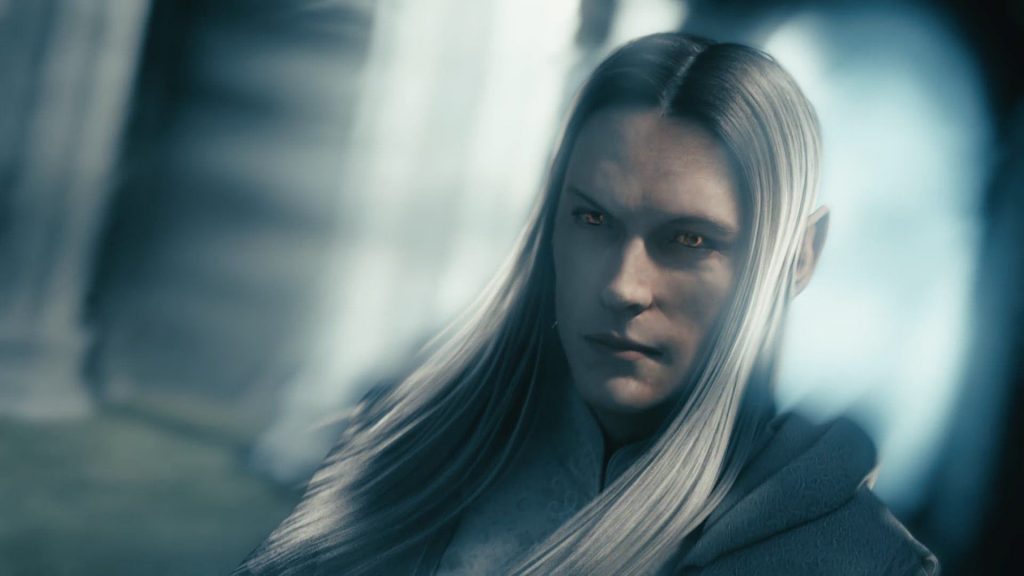
- Chief antagonist: Sauron in his “fair hue”, the very charismatic Annatar (aka The Lord of Gifts).
- Elves: Gil-galad the high-king, Galadriel, Celeborn, Elrond Half-elven, Cirdan the Mariner, Celebrimbor the Smith. Add Glorfindel and Celebrian if you’re into long bets.
- Edain: Aldarion, Erendis, Almarian, Meneldur, Ancalime.
- Dwarves: Narvi the smith, and Durin III, the dwarven king of the folk of Durin.
- Wizards: None. Canonically, Istari do not arrive in Middle-earth until TA1000.
- Hobbits: Again, none. Hobbits do not pop up in the Tale of Years until the Third Age.
- Ringwraiths: Perhaps! But bear in mind that Sauron’s use of the Rings of Power is a long game, and his seduction of powerful kings of men only begins to bear fruit around SA2251.
as they confront the long-feared re-emergence of evil to Middle-earth.
The evil force is obviously Sauron (no, it’s not Morgoth — you’re going to have to give that up). But who confronts it? And who “long-feared” it?
Our canonical answer to the first question is most likely Gil-galad, and Elrond. And, depending on your particular canon, Galadriel (and Celeborn). They’re the ones who bluntly reject the overtures of Annatar/Sauron as he repeatedly endeavours to make BFFs of the elves of Eriador.
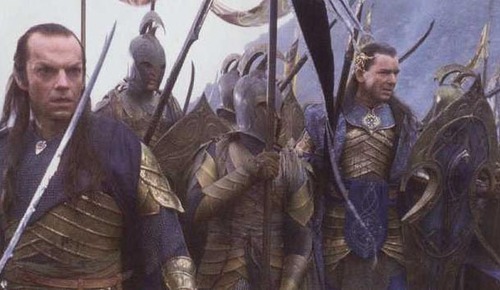
Here’s where we may run into some timeline issues.
That big rejection happens in SA1200 after Sauron begins his Annatar scam and goes around trying to befriend all the elves. Gil-galad and Elrond won’t even let him into Lindon while it is said that, in Eregion, Galadriel scorned his approach.
Unfortunately, that’s well after the death of Aldarion and that could make for tricky telly. One could, perhaps, compress the timeline so as to begin Sauron’s approach earlier — sometime within the lifetime of Aldarion. Perhaps very near when he hands over rulership to his daughter, Ancalime.
Let’s leave that aside a moment.
So, what would would make it “long-feared”?
Aldarion and Erendis offers one possible answer. In SA883, Aldarion returns to Numenor from a long, five-year journey to Middle-earth. He is three-years overdue — which has disastrous consequences on his relationship with Erendis, as well as with his then-young daughter. He also bears to his father, Meneldur, a letter from Gil-galad with a warning that a “new shadow arises in the East.”
Gil-galad continues: “…it is no tyranny of evil Men … but a servant of Morgoth”. The contents are too weighty for Meneldur, who resigns the kingship in favour of his son. But in the event Aldarion and Gil-galad are unable to impede the rise of this new shadow.
Here, then, could be the potential to set up overlapping centers of dramatic action: Eregion, Numenor, and Lindon.
In Numenor, Aldarion struggles to reconcile his love of the sea with the quieter pastoralist desires of Erendis and his obligations as heir to the sceptre. In a more subtle sense he also continually struggles against the isolationist policies of his father Meneldur and, later, those of his daughter Ancalime.
In Eregion, Galadriel and Celeborn battle vainly to keep Celebrimbor, the ambitious and immensely talented grandson of Feanor, and his circle of smiths (the Gwaith-ir-Mirdain), from falling under the influence of the charismatic Annatar.
In Lindon, Gil-galad labours to build alliances to defend against a creeping and insidious power that holds elves and Numenor in contempt.
What happens next?
Well, eventually, G&C are ousted from Eregion. Galadriel eventually finds refuge in Lorien. Celeborn remains, but loses all political influence. Freed of constraint, and with Annatar’s guidance, Celebrimbor discovers how to make Rings that can preserve against the hurts of time.
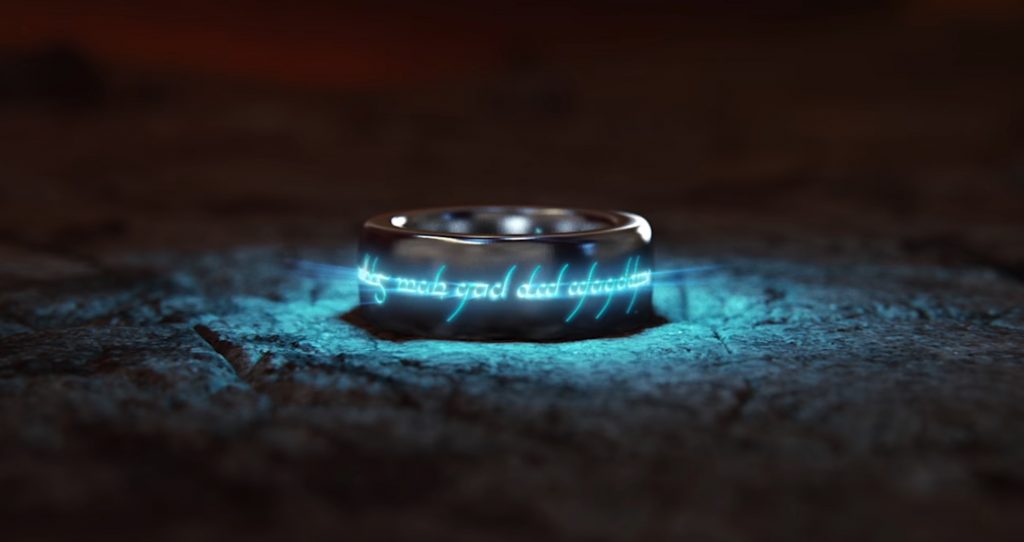
Annatar then returns to Mordor and forges the One as a way to control the wearers of these new Rings. But the elves are aware of the deceit and immediately remove their rings. Annatar, finally revealed to the elves as Sauron and Morgoth’s one-time lieutenant, demands the rings from the elves. They refuse and war ensues.
This is all more or less canon. Or, rather, one possible canon since The History of G&C has several inherently irreconcilable texts.
Meanwhile, in Numenor, Aldarion has died. Does Tar-Ancalime reject all her father’s sea-faring policies, and decide that Eregion must stand without Numenor’s aid?
Here we strike a problem with a scenario that compresses the timing of events into a couple of Numenorean generations. Namely, would Ancalime leave Middle-earth to fend for itself just to spite her dad? Ancalime is described in Unfinished Tales as “proud and wilful”, “resolute in pursuing her policies” (like her father), “obstinate” (also like her father), and not easy to counsel.
I’m not sure that would extend to refusing to aid Gil-galad in a crisis. I doubt it. I don’t think that any ruler during the early period of Numenor’s history would have. So this feels like a substantial imposition on Ancalime’s character.
It’s never put to the test: Ancalime’s reign passes more or less peacefully. Instead it is Tar-Minastir who has to deal with the problem nearly 500 years later.
Having pointed out this not insignificant flaw, solutions are left as an exercise for the reader.
From the darkest depths of the Misty Mountains, to the majestic forests of the elf-capital of Lindon…
In the scenario above, I wrote that the people of Eregion must stand without Numenor’s aid.
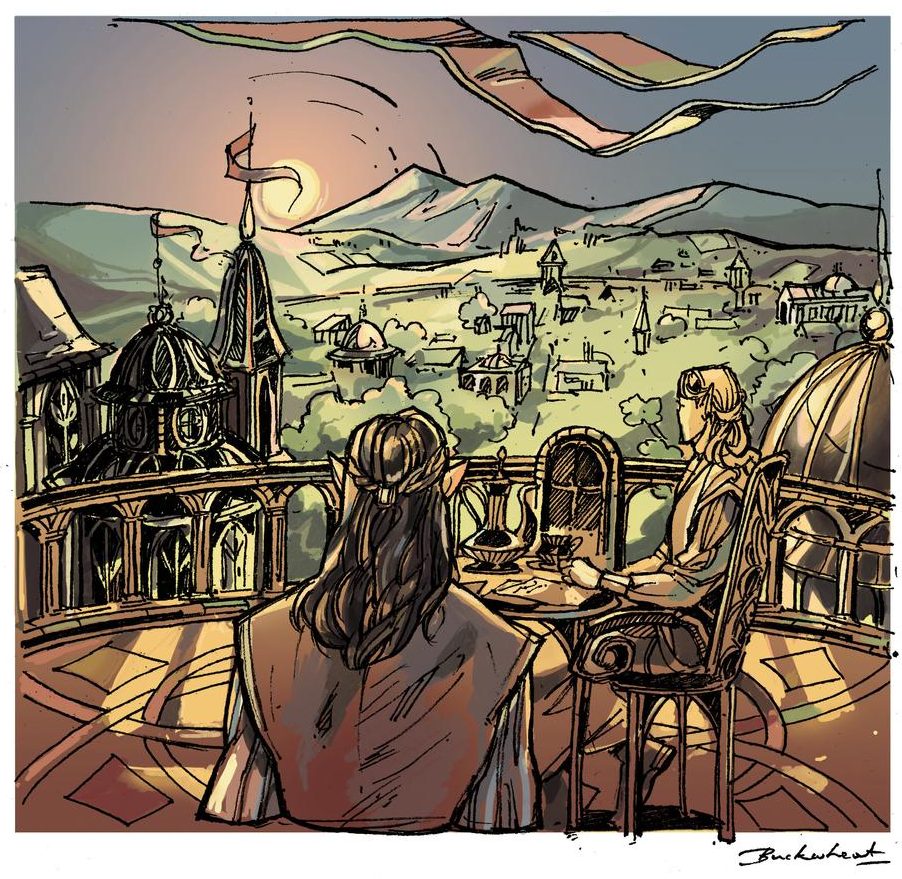
But they are not without allies. Uniquely, they have a strong friendship with the Folk of Durin. No partnership of elves was ever so close as the one between Celebrimbor and Narvi. And some traditions say that Celebrimbor personally gave Durin III the Ring of Power that was passed down through his descendants.
Yet, in the end, Sauron is too strong: the dwarves are pushed back into Khazad-dum as Eregion is beseiged. Even Gil-galad, whose kingdom is probably the strongest power in the west of Middle-earth in the early Second Age, cannot save Eregion. His force, under the command of Elrond, is able to rescue a smattering of elves (including Celeborn) from the ruin, and they retreat to found Imladris in the north. Celebrimbor assumes a new (posthumous) occupation as Sauron’s personal battle banner.
to the breathtaking island kingdom of Númenor…
This brings us back to Numenor coming to the rescue. The great fleet of Tar Minastir (or the insert ruler of your choice!) lands in those Numenorean havens that were previously established not far from Eregion, and Sauron is routed from Eriador, as he’s caught between the Tar-Minastir hammer and the Elrond/Gil-galad hammer.
And there we should end!
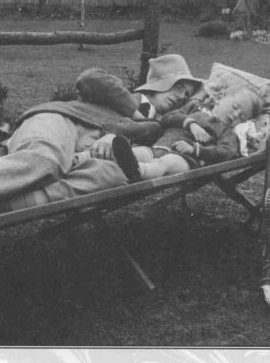
What I like about this is that JRR and Christopher Tolkien have already done the heavy lifting. The key events are all there. So are the key characters and how they interact. Taking these stories from Unfinished Tales, it becomes a drama as well as an epic. There are personal stakes and the personal relationships that develop, change, and sometimes, shatter.
Yes, it is a lot of years and history to cover. But they have two seasons confirmed, right? That’s almost doable?
And if the ratings pan out, they can come back and do Akallabeth across the three remaining proposed seasons.
BOOTNOTE
I’ve been out of circulation for a long time, but it seems there remains debate over exactly what rights Amazon has purchased apart from the right to make a television series (not film) somewhere in the Middle-earth milieu.
How can you film this without some agreement regarding Unfinished Tales? You can’t — unless you have some sort of contractual agreement.
Further, I’d raise this question: why would you pay a reported $250 million for rights to two novels focusing on Middle-earth’s Third Age only to turn around and make a TV series about scarcely referenced Second Age events?
Surely you don’t. It makes no sense. Instead, you spend that $250 million to ensure that in addition to LOTR and The Hobbit rights, you get access to whatever Second Age material is necessary to complete your dramatic vision. Wherever that material might come from.
Of course, I might be wrong.
But that’s my 2 cents on the matter.


